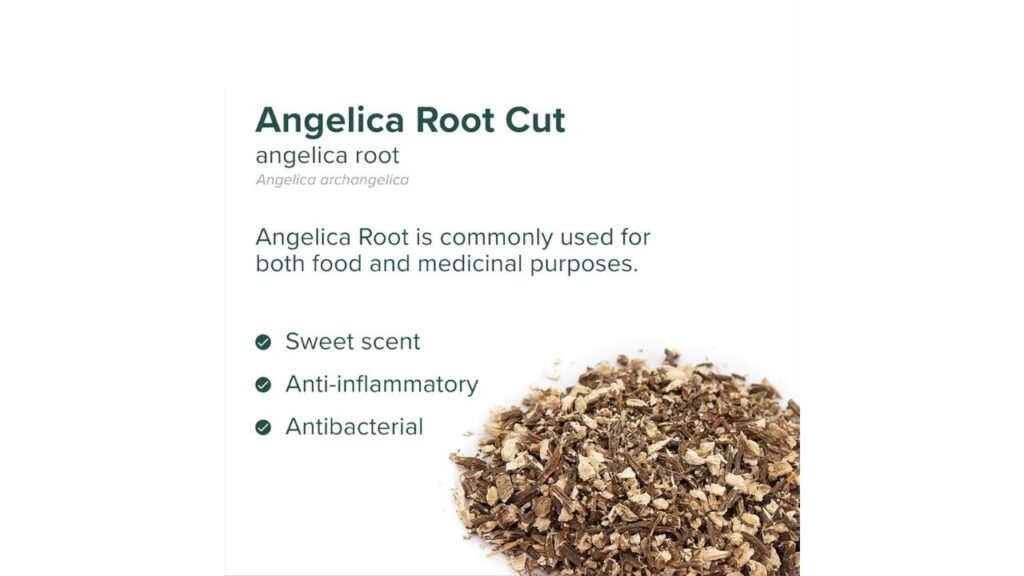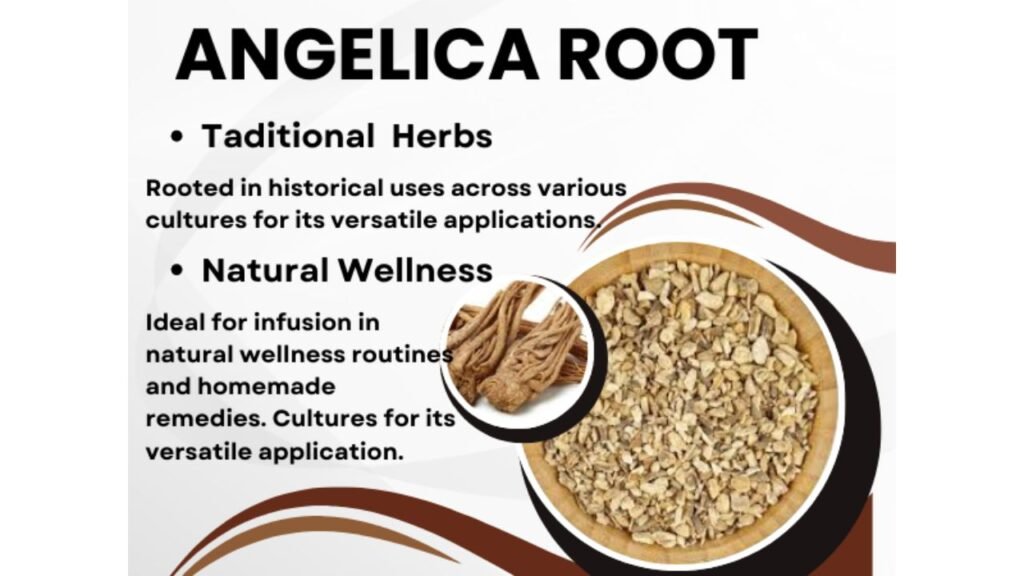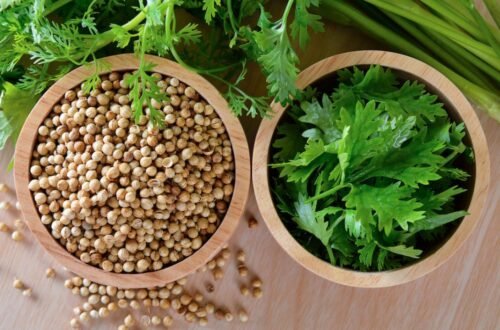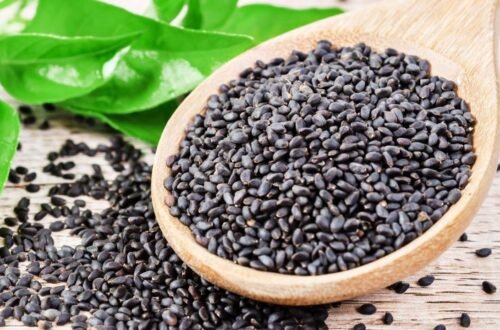Angelica root has been used for centuries across Asia and Europe as a powerful herbal remedy. Known for its distinct musky fragrance and its tall flowering plant structure, angelica has remained a staple in traditional medicine. Whether in the form of teas, tinctures, or supplements, the herb continues to gain attention for its potential healing properties.
People often turn to this plant for its connection to improved digestion, hormonal support, and even skin care. While research on angelica root is still growing, the medicinal uses in different cultures prove how significant this plant has been in natural healing systems for hundreds of years.
What is Angelica Root?
Angelica root Angels—Loaded arrowhead—Angel-Rootnectar Roots In the United States, angelica is often blurred into two species: Angelica archangelica, native to Europe, and Angelica sinensis, which is native to China and other parts of East Asia. Angelica sinensis is widely referred to as dong quai or female ginseng, whereas Angelica archangelica is also called wild celery or Norwegian angelica. The two species have similar qualities, although they are used to fulfill distinct purposes.
Angelica is strongly related to female health in China including balancing hormones, menstrual issues, and menopause. In Europe, root has a long history of use in relation to digestive and circulation health as well as relieving anxiety. Although there are some regional differences, it is evident that angelica herb medicinal uses are extensive since they are highly tradition-based.
Angelica Root Benefits: Why This Herb Stands Out
The list of angelica benefits is rather long, and that is what makes it a useful natural to rely on. In other words, Angelica sinensis is found to help ease menopausal hot flashes, heal wounds, and guard against arthritis. On the other side, Angelica archangelica is reported to help patients with antimicrobial activity, fight certain infections, and even relieve the feeling of anxiety.
What makes angelica root benefits especially exciting is that both plants seem to carry anticancer potential, at least in laboratory studies. While human trials are still limited, traditional medicine has long emphasized the angelica herb medicinal uses, which include detoxifying the liver, improving circulation, and calming the nervous system.
Angelica Root Tea Benefits

One of the most common ways to enjoy this herb is through tea. Drinking root tea is not only soothing but also a gentle way to absorb its natural compounds. Among the most widely discussed angelica root tea benefits are its ability to calm digestive issues such as bloating, indigestion, and stomach cramps. People also drink tea to relax the mind, making it a natural option for stress and anxiety.
Angelica root tea benefits are also associated with female hormone health in those with irregular periods or drying up during menopause. Angelica root tea has a history of uses in Europe, which are thought to include promoting circulation and relaxing tense muscles. Clearly, angelica tea, whether produced in China or Scandinavia, has withstood the test of time to be considered as an effective healing beverage.
Angelica Root Benefits for Skin
Besides internal wellness, one of the most intriguing things about the herb is angelica root skin benefits. It lends its antioxidant effect and antimicrobial effect to natural skin care. Actually, the angelica root extracts are commonly used by herbalists to cleanse the skin and minimize acne, and the extracts are generally good for skin health.
Early research even shows that the herb may encourage wound healing, which is another way angelica root benefits for skin stand out. Because it promotes circulation and detoxification, many people believe it gives skin a healthier glow from the inside out. Whether applied topically or consumed as tea, the angelica benefits for skin are becoming more recognized in holistic wellness communities.
Comparison of Angelica Archangelica vs. Angelica Sinensis
| Feature | Angelica archangelica (European) | Angelica sinensis (Chinese/Dong Quai) |
| Common Uses | Digestion, circulation, anxiety relief | Women’s health, hormonal balance, menopause |
| Parts Used | Root, leaves, seeds, flowers | Root only |
| Region | Northern & Eastern Europe | East Asia (China, Korea, Japan) |
| Traditional Focus | Digestive aid, liver detox, antimicrobial remedy | Menstrual health, wound healing, arthritis relief |
| Modern Research | Shows antimicrobial and anti-anxiety potential | Shows wound healing and menopausal symptom relief |
Angelica Herb Medicinal Uses in History

The angelica herb medicinal uses can be traced back to ancient times. In medieval Europe, the plant was believed to protect against infections and plagues, which explains why it was called “archangel’s root.” Monks used it in tonics, and healers recommended it for digestion and circulation.
In Chinese history, dong quai was called the “female ginseng” because it was mainly used to treat hormonal imbalances in women. It was prescribed for painful periods, irregular cycles, and even infertility. These traditional angelica herb medicinal uses have not disappeared; they continue to shape how modern herbalists view this remarkable plant.
Modern Science and Angelica Root
While traditional medicine praises the angelica benefits, modern science is still catching up. Some studies suggest that angelica root contains compounds like ligustilide, angelicin, and imperatorin, which may help reduce inflammation, promote healing, and act as natural antimicrobials. However, researchers warn that more human studies are needed before angelica root can be officially recommended for medical treatments.
This doesn’t erase the fact that many people have experienced positive results from its use, especially when consumed as tea or added to natural skincare routines. The continued interest in angelica herb medicinal uses shows that people are eager to rediscover ancient remedies in today’s world.
Downsides and Precautions
Used like all herbal remedies with caution, though. Some reports indicate high doses of taking may contribute to heart problems or increased blood pressure. Angelica root likewise has grapefruit-like compounds and that may well have interaction with some medications like blood thinners and statin lipid medications.
Because of this, it’s important to consult a healthcare provider before taking angelica root supplements. Additionally, handling the fresh plant can sometimes cause skin sensitivity to sunlight, which ironically contrasts with the popular angelica root benefits for skin. Pregnant and breastfeeding women are advised to avoid angelica root, as there isn’t enough research to confirm its safety.
The Future of Angelica Root
The growing popularity of herbal medicine means that angelica root benefits are once again being recognized worldwide. Its role in teas, supplements, and skincare reflects the fact that people are looking for natural, holistic remedies.
Whether it’s supporting women’s health, soothing digestive issues, or improving skin appearance, the angelica benefits cannot be overlooked. Scientists are still exploring how these effects can be proven in controlled trials, but the rich history of use shows why this plant continues to be treasured.
Conclusion
Angelica root is more than just a herb—it’s a connection between ancient traditions and modern wellness. From the calming angelica root tea benefits to the rejuvenating angelica root benefits for skin, this plant offers a wide range of healing possibilities.
Angelica herb medicinal properties have roots in both the Asian and European traditions, confirming their status as one of the prominent herbs of all ages. The effects of angelica root are not yet proven but based on the myriad of studies that have been conducted, there is no denying the fact that it is one of the most enthralling herbal remedies on the market today. Responsibility, however, will ensure that it is used to keep on enhancing lives in the generations to come.
Read Our More Blogs: Basil Seeds Benefits: Nutrition, Uses & Health





